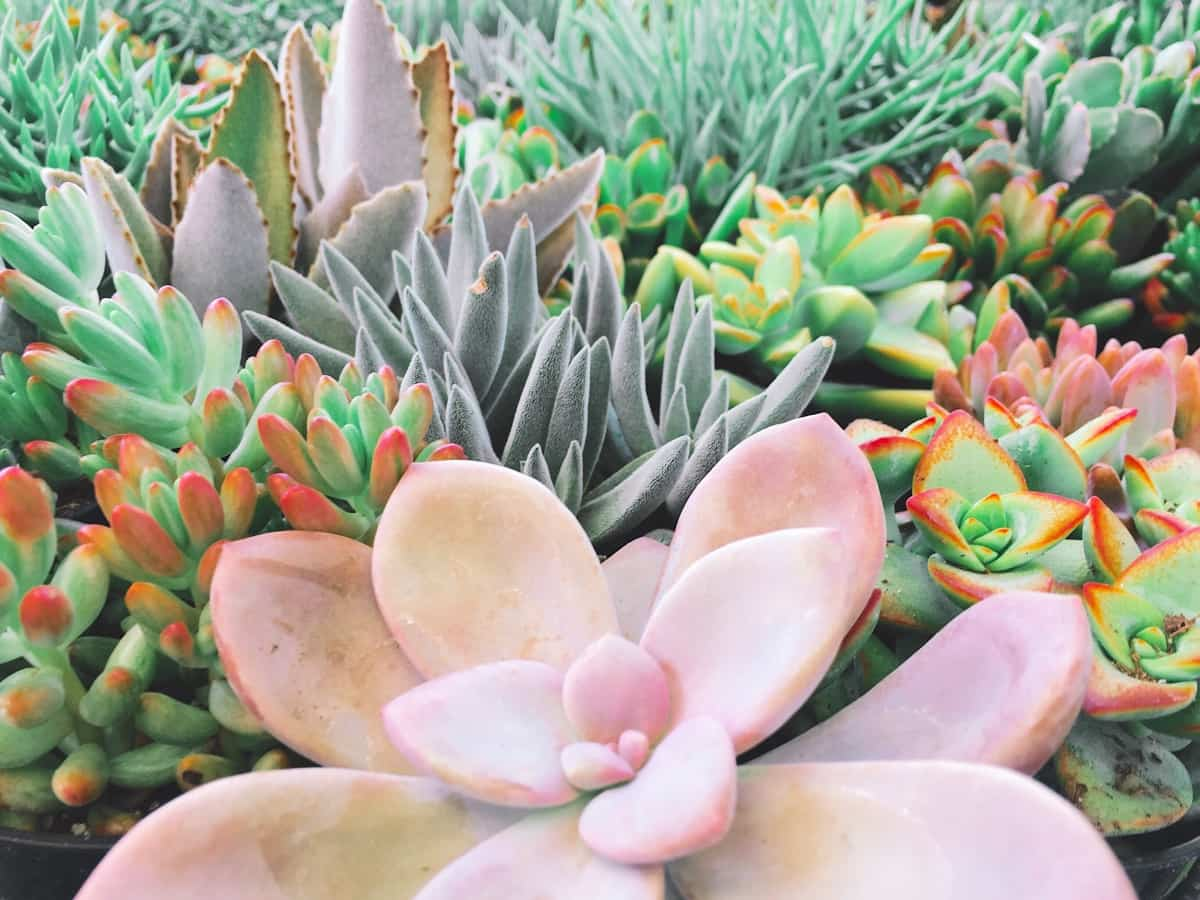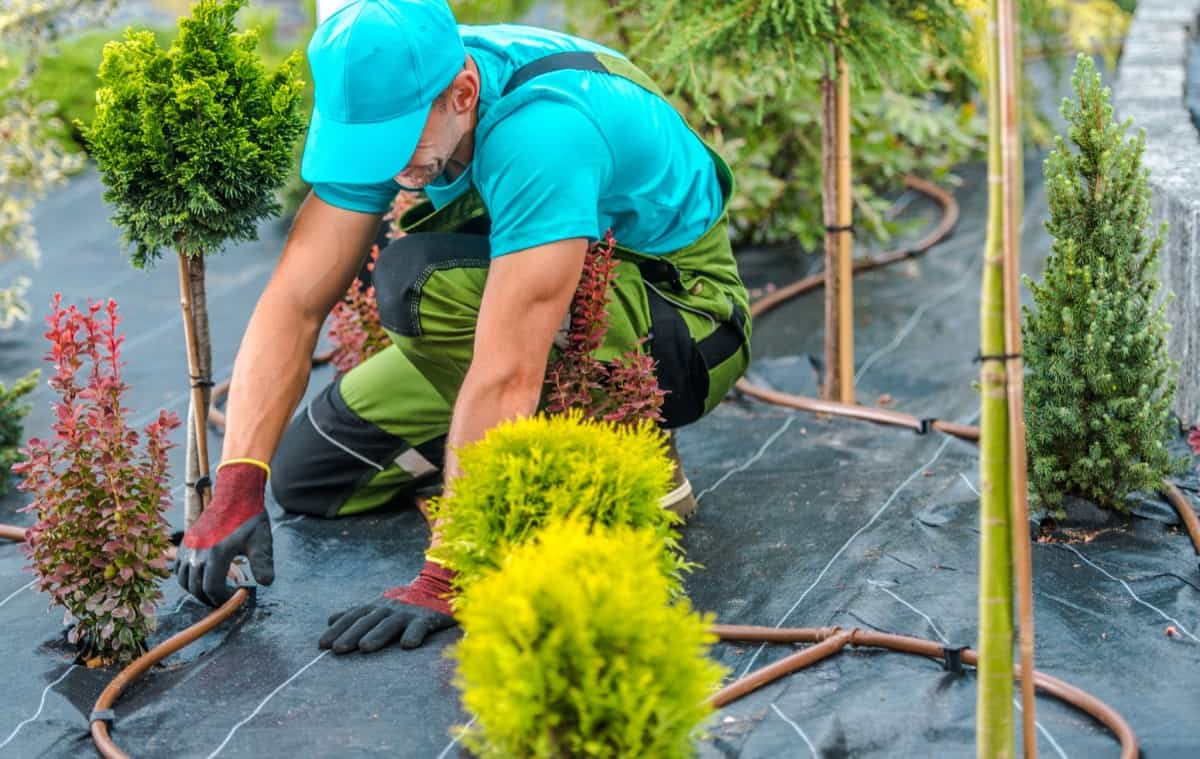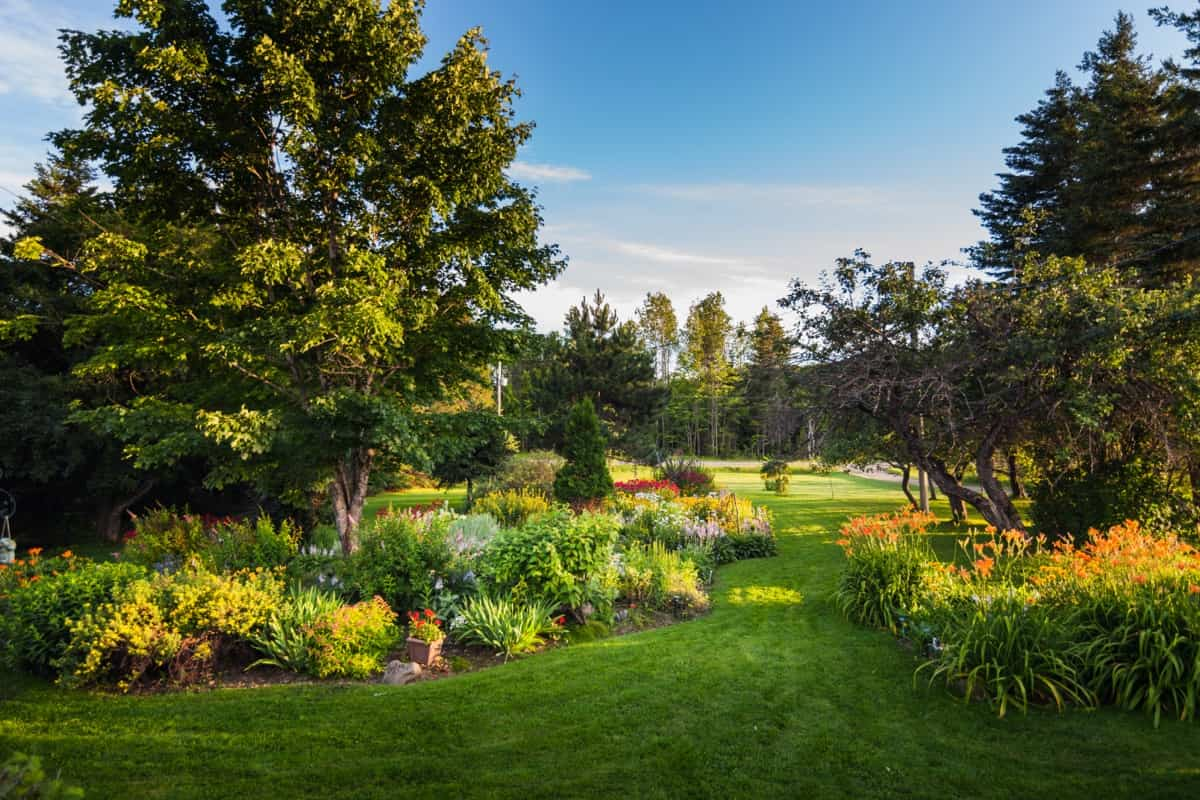Designing a beautiful front yard doesn’t have to break the bank. With a few creative ideas and proper planning, you can transform the front yard into a welcoming oasis without compromising your budget. This article will explore various budget-friendly front yard design ideas that are perfect for beginners. Whether you have a small or large yard, these ideas can help create a stunning landscape that won’t drain your wallet.
Budget-Friendly Front Yard Design Ideas
Choosing Low-Maintenance Plants for a Budget-Friendly Front Yard
Succulents: These water-wise plants are trendy and require very little care. With various shapes, sizes, and colors available, succulents can add a unique touch to front yard design.

Perennials: Perennial plants are another great choice for a budget-friendly front yard. Once planted, they will return year after year, eliminating the need to purchase new plants annually. Additionally, perennials often require less water and maintenance compared to annuals. Choose varieties known for low maintenance requirements, such as lavender, coneflowers, and daylilies.
Drought-Tolerant Plants: If you are living in an area with limited water resources or have a busy schedule that leaves little time for watering, consider incorporating drought-tolerant plants into your front yard design. These plants are well-adapted to survive with minimal water, reducing your water bill and saving time.
Incorporating Mulch and Gravel for a Cost-Effective Front Yard Design
Mulch is an affordable option that not only enhances the yard’s aesthetic appeal but also helps to hold moisture in the soil, reducing the need for frequent watering. Consider using organic mulch, like wood chips or bark, which can gradually decompose and improve the soil quality over time.
Additionally, mulch helps suppress weed growth, saving you time and effort in maintaining your front yard. Gravel is another cost-effective option for creating pathways or defining certain areas in your front yard design. It adds texture and visual interest while requiring minimal maintenance. Choose gravel in neutral colors that complement the overall aesthetic of your home.
Utilizing Recycled Materials in Front Yard Landscaping
Pallet Planters: Repurposing wooden pallets as planters is a simple and cost-effective way to add greenery to your front yard. You can easily find discarded pallets and transform them into vertical gardens by attaching pots or planting directly into the pallet’s slats.
Bottle Edging: Empty glass bottles can create an attractive border or edge for your front yard. Dig a shallow trench along the desired edge and bury the bottles upside down, exposing only the neck. The colored glass will catch the sunlight, creating a beautiful and whimsical effect.
Recycled Tires: These can be transformed into eye-catching planters or used as edging for flower beds. You can turn these discarded items into unique focal points in your front yard with some creativity and paint.
Creating DIY Pathways and Walkways on a Budget
Gravel Paths: Gravel is an inexpensive and versatile material that can create pathways in your front yard. It provides a rustic and natural look and is relatively easy to install. Mark out the desired path, remove any existing vegetation, lay down a weed barrier, and pour the gravel on top. Use a rake to spread the gravel evenly and compact it for a stable surface.
In case you missed it: How to Plant and Care for Your Front Yard Landscape

Stepping Stones: Another budget-friendly option is to create a pathway using stepping stones. You can purchase pre-made stepping stones or make your own using concrete or other materials. Arrange them in a pattern or spacing of your choice, and fill the gaps with gravel or mulch. This DIY project allows for endless creativity and customization.
Implementing Water-Saving Techniques in Front Yard Design
Rainwater Harvesting: Installing a rain barrel or a rainwater harvesting system will help you collect and use rainwater for watering your plants. This cost-effective solution reduces reliance on municipal water supply and can result in substantial savings over time.
Mulching: Applying mulch around the plants helps to hold moisture in the soil, reducing the need for frequent watering. Organic mulch, like fallen leaves or wood chips, will add necessary nutrients to the soil as it breaks down.
Drip Irrigation: Installing a drip irrigation system instead of traditional sprinklers in your front yard. Drip irrigation directly delivers water to the roots of plants, minimizing water waste through evaporation and runoff.
In case you missed it: How to Plan Your Front Yard Garden on a Budget: A Beginners Guide

Using Vertical Gardening to Maximize Space and Savings
Install Vertical Planters: Vertical gardening is an excellent technique for maximizing space in your front yard. You can grow various plants using vertical planters without needing a large ground area. Vertical planters can be made using recycled materials such as pallets or repurposed containers. These can be attached to walls or fences, creating a visually appealing and space-efficient garden.
Utilize Hanging Baskets: Hanging baskets are another great way to add greenery to your front yard without wasting valuable ground space. They can be hung from porch ceilings, eaves, or walls, adding a touch of color and texture to your outdoor space. Choose plants that thrive in hanging baskets, such as trailing petunias, ivy, or fuchsias.
Create a Vertical Herb Garden: If you enjoy cooking with fresh herbs, consider creating a vertical herb garden in your front yard. Use wall-mounted planters or repurpose a ladder by adding shelves for potted herbs.
Optimizing Natural Lighting and Shade in the Front Yard
Strategic Placement of Trees and Plants: Planting trees and tall shrubs strategically in your front yard can provide shade during the hot summer, reducing the need for air conditioning. Additionally, these trees and plants can act as natural filters for sunlight, creating a pleasant and soothing ambiance.
Use Reflective Surfaces: Incorporating reflective surfaces, such as light-colored paving stones or gravel, can help bounce sunlight back into your front yard, brightening the space. This simple technique adds an aesthetic touch and maximizes the use of natural light.
Install Solar Lighting: Instead of relying solely on traditional electric lighting, consider installing solar-powered lights in your front yard. These lights harness the sun’s power during the day and illuminate your yard at night, adding a warm and inviting glow without increasing your electricity bill.
Integrating Edible Landscaping for a Functional and Economical Front Yard
Plant Fruit Trees and Berry Bushes: Fruit trees, such as apple, cherry, or peach, can be planted in your front yard to provide a bountiful harvest. Similarly, berry bushes, like blueberries or raspberries, can add color and texture to the landscaping while providing a delicious treat.
Create an Herb Garden: Herbs are easy to grow and add a delightful fragrance to your front yard. Designate a small area for an herb garden, and plant herbs like basil, mint, or rosemary. They enhance the aesthetic view of your yard and also have fresh herbs at your disposal for cooking.
In case you missed it: Florida Landscaping Ideas: For Backyard, Front Yard of South, North, and Central Regions with Cost Details

Utilize Vertical Gardening: If space is limited in your front yard, consider using vertical gardening techniques. Install trellises or vertical planters to grow climbing vegetables like tomatoes or cucumbers. This way, you can make the most of your space and still enjoy homegrown produce.
Embracing Minimalism in Front Yard Design for Cost Efficiency
Start by removing any excess lawn area and replacing it with low-maintenance ground covers or drought-tolerant plants. This not only reduces water consumption but also saves money on lawn maintenance. Additionally, consider using natural materials like gravel or mulch for pathways and borders instead of expensive hardscaping materials.
When selecting plants for your minimalist front yard, choose those requiring minimal care and a long lifespan. Native plants are often a great choice as they are adapted to the local climate and require less water and maintenance. Additionally, consider incorporating perennial plants that come back year after year, reducing the need for replanting.
Conclusion
Designing a budget-friendly front yard doesn’t mean compromising on style or beauty. The above ideas are perfect for beginners looking to enhance their outdoor space and enjoy a beautiful landscape on a budget. With creativity and planning, you can create your front yard into a welcoming oasis that reflects your style and saves money.
- Feed Your Flock for Less: Top 10 Tips to Save on Chicken Feed
- Ultimate Guide to Ossabaw Island Hog: Breeding, Raising, Diet, and Care
- Hatching Answers: The Top 10 Reasons Your Chickens Aren’t Laying Eggs
- Eggs and Economics: Breaking Down the Cost of Raising Backyard Chickens
- Defend Your Greens: Proven Methods to Keep Iguanas Out of Your Garden
- Ultimate Guide to Cinnamon Queen Chicken: A Comprehensive Guide for Beginners
- Ultimate Guide to California Tan Chicken: Breeding, Raising, Diet, Egg-Production and Care
- Ultimate Guide to Marsh Daisy Chicken: Breeding, Raising, Diet, and Care
- 10 Types of Chicken Farming Businesses You Can Start for Profits